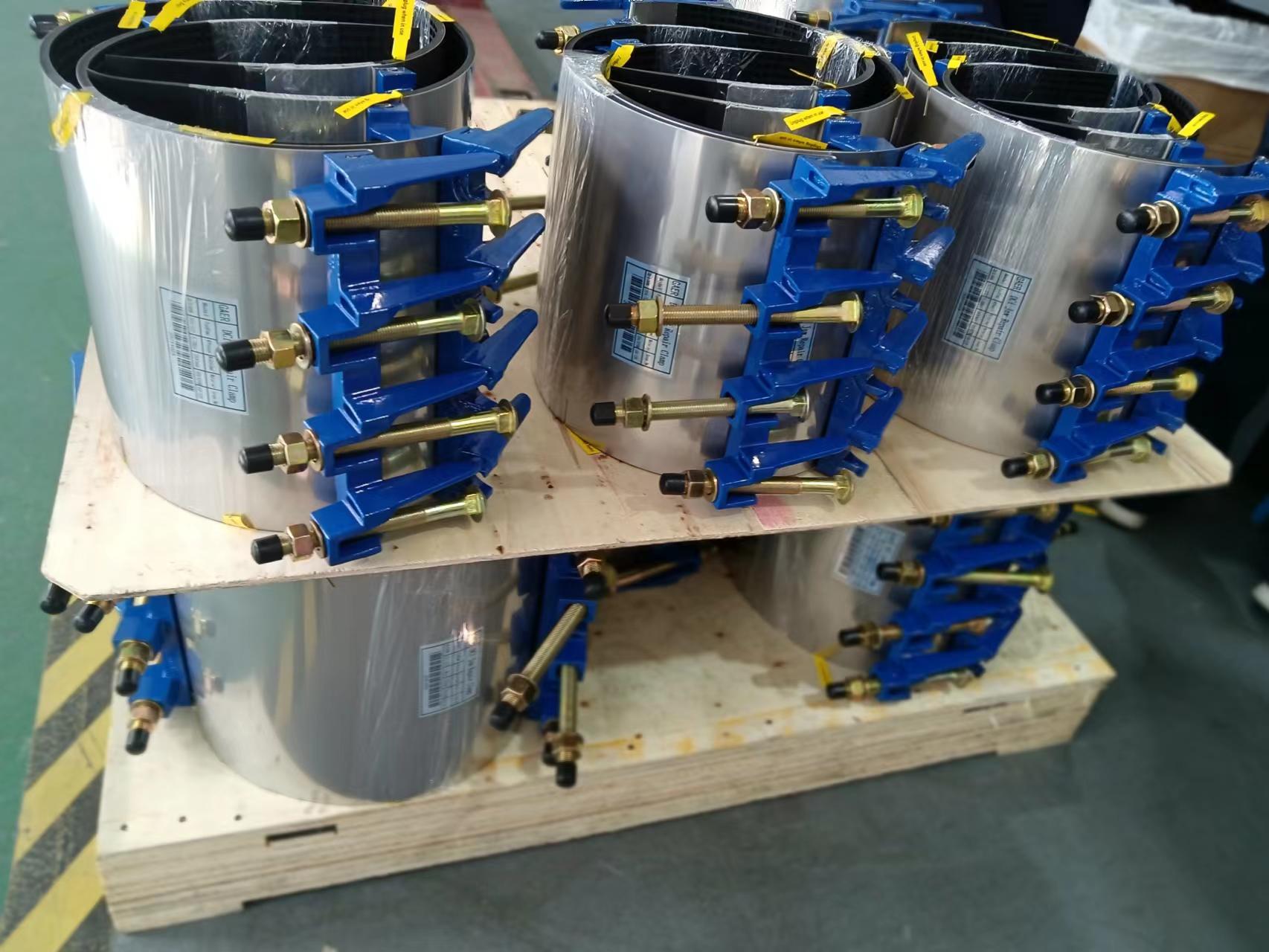Innovative Designs for Durable Monoblock Manhole Covers
The Evolution of Monoblock Manhole Covers
In urban infrastructure, the often-overlooked utility components play a crucial role in ensuring safety, aesthetic appeal, and functional efficiency. Among them, monoblock manhole covers have gained significant recognition in modern city planning. This article delves into the importance, advantages, and evolving designs of monoblock manhole covers, reflecting on their enduring significance in urban environments.
Understanding Monoblock Manhole Covers
A monoblock manhole cover is a single-piece cover designed to provide access to underground utilities such as drainage systems, sewage, and electrical lines. Unlike traditional manhole covers, which are often fabricated in multiple parts, monoblock covers are made from a single material and cast in one piece. This design simplifies installation, enhances security, and minimizes the risk of misalignment or displacement—issues that can plague segmented covers.
Historical Context
Historically, manhole covers have been made from various materials, including wood, iron, and concrete. The evolution toward monoblock designs marked a significant technological advancement. Traditionally, multi-piece covers had challenges such as assembly complexity and the potential for losing parts, which compromised their integrity. Monoblock designs emerged as engineers and urban planners sought solutions for effective maintenance and safety in densely populated areas.
Advantages of Monoblock Manhole Covers
1. Strength and Durability Monoblock covers are typically made from reinforced concrete or composite materials, which provide unparalleled strength and longevity. These materials can withstand the weight of traffic, heavy machinery, and environmental stressors, making them ideal for street applications.
2. Reduced Maintenance The single-piece construction minimizes the chances of wear and tear over time. Unlike multi-piece designs subject to loosening and breaking, monoblock covers maintain their integrity longer, leading to reduced maintenance costs and less frequent replacements.
monoblock manhole cover

3. Enhanced Safety Safety is a paramount concern in urban design. Monoblock covers reduce the likelihood of accidents caused by misaligned or dislodged covers. Their robust construction also makes them resistant to theft and vandalism, which is often a problem with traditional metal covers.
4. Aesthetic Versatility Modern monoblock manhole covers come in various designs and finishes, allowing them to blend seamlessly into urban landscapes. Designers can customize them with patterns, colors, or logos, enhancing the overall aesthetic of streetscapes while maintaining functionality.
5. Environmental Considerations As cities become increasingly focused on sustainability, monoblock covers can be designed using eco-friendly materials or techniques. Manufacturers are exploring recycling options and the use of sustainable materials, contributing to a greener urban environment.
Innovative Designs and Technologies
The innovation in monoblock manhole covers does not stop at materials and aesthetics. Cutting-edge technologies are evolving to enhance their functionality and ease of use. Features such as built-in sensors for monitoring underground utilities are gaining traction, allowing for proactive maintenance and management of city infrastructure.
Moreover, advancements in smart city technology enable integration with urban planning systems. Intelligent monitoring systems can provide real-time data on the conditions of manhole covers, alerting authorities to potential issues before they escalate into significant problems.
Conclusion
Monoblock manhole covers represent a critical advancement in urban infrastructure management, melding durability, safety, and aesthetic design. Their evolution reflects a broader trend toward smarter, more sustainable urban environments. As cities continue to grow and modernize, the role of these essential, yet often ignored, components will become increasingly significant. The investment in quality monoblock manhole covers not only enhances the safety and efficiency of urban areas but also contributes to the overall livability and visual appeal of modern cities. Embracing this evolution can ensure that our urban environments remain functional, safe, and aesthetically pleasing for all inhabitants.
-
The Smarter Choice for Pedestrian AreasNewsJun.30,2025
-
The Gold Standard in Round Drain CoversNewsJun.30,2025
-
The Gold Standard in Manhole Cover SystemsNewsJun.30,2025
-
Superior Drainage Solutions with Premium Gully GratesNewsJun.30,2025
-
Superior Drainage Solutions for Global InfrastructureNewsJun.30,2025
-
Square Manhole Solutions for Modern InfrastructureNewsJun.30,2025
-
Premium Manhole Covers for Modern InfrastructureNewsJun.30,2025
